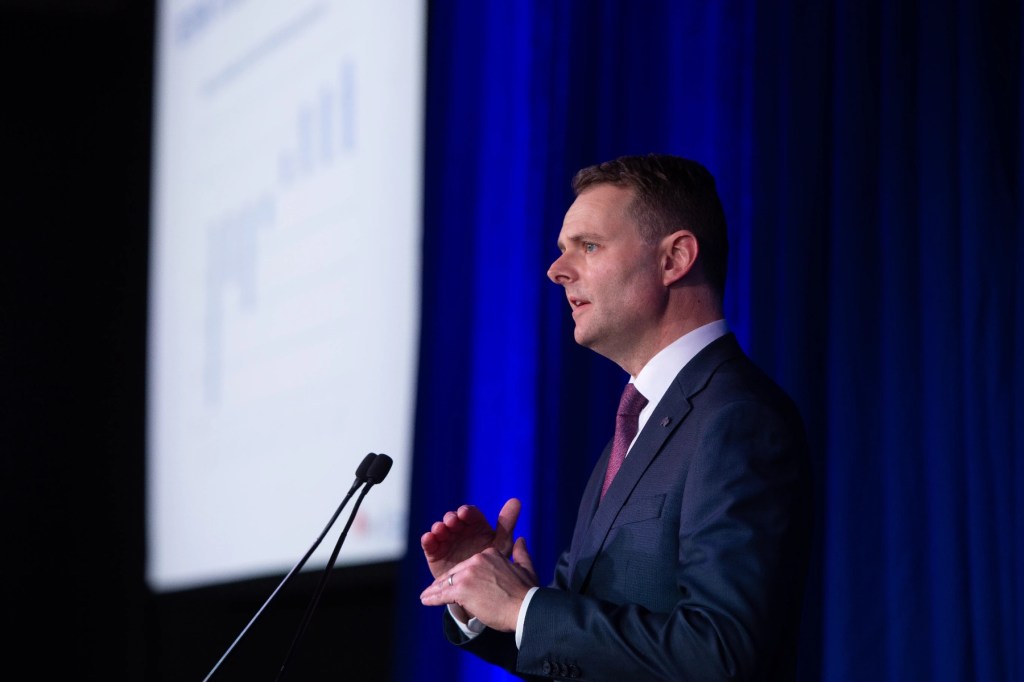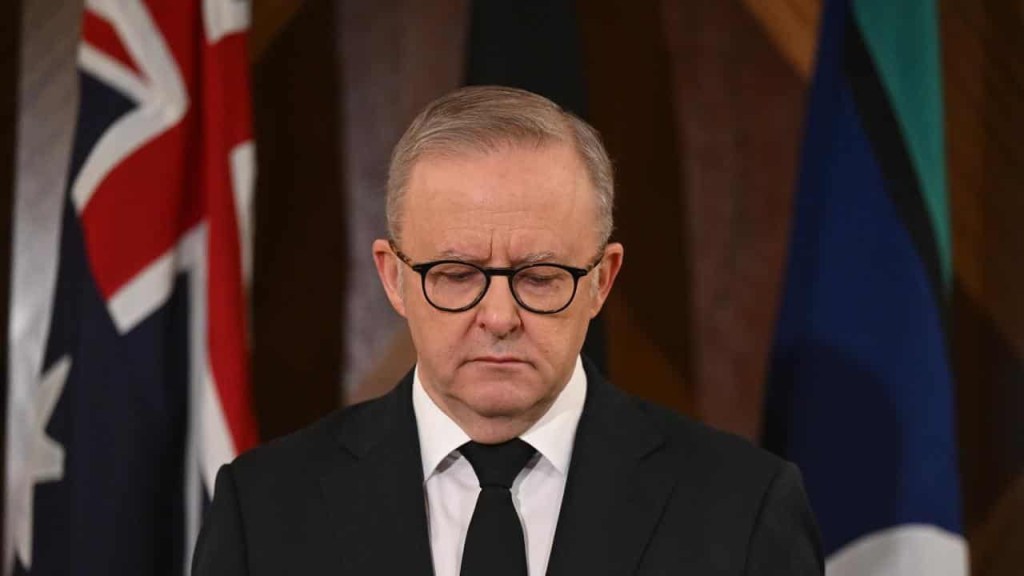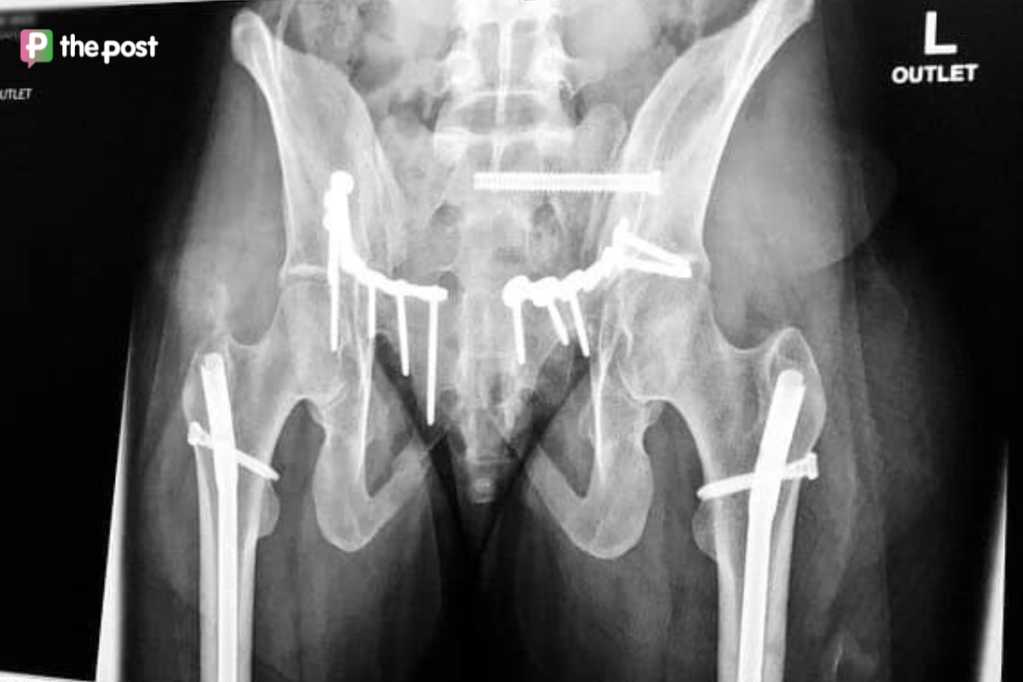Stamp duty axed for first homebuyers in ‘housing and health’ state budget
Stamp duty has been abolished for eligible first home buyers as part of a $474 million package in today’s State Budget, with the Malinauskas Government aiming to keep “dreams of home ownership alive”.

In welcome news for those struggling to get a foothold in the housing market, Treasurer Stephen Mullighan announced stamp duty will be scrapped from today for those buying a newly built first home valued up to $650,000 – a move that could save them up to $44,580.
“Right now, home ownership has never felt further out of reach for young South Australians,” Mullighan said.
“Our housing market is failing to meet the needs of South Australians looking for safe, secure and affordable housing”.
Stamp duty also will be abolished for first home buyers wanting to build on land valued up to $400,000, while the First Home Owner Grant of $15,000 will continue, with the property value cap lifted to help with homes valued between $575,000 to $650,000.
As part of the package, the new HomeStart loan for first home buyers building a new home will stay in place, meaning eligible new home buyers only need a two per cent deposit and don’t need to shell out for lenders’ mortgage insurance.
The stamp duty relief is expected to help about 3800 first home buyers each year and comes on the back of already announced plans to fast-track the release of more than 25,000 new housing blocks across the north and south of Adelaide.
Mullighan said the package is expected to stimulate a pipeline of work for the building industry, with additional plans to build another 564 public homes and halt the sale of 580 more.
You might like
“Over the past 12 months, households and small businesses have been hammered by the dual blows of soaring inflation and the fastest increase in interest rates in a generation,” Mullighan said.
“These cost-of-living pressures are compounded by soaring housing costs, driven by rapidly increasing house values, higher mortgage costs and rents, and a supply of new homes that is not keeping pace with our population needs.”
The Treasurer blamed the budget’s overall deficit of $249 million – rather than the surplus projected last year of $233 million – on an unexpected $150 million spend on flood relief and another $470 million pumped into hospitals, plus $42.3 million in child protection measures and a GST writedown of $95 million.
While Mullighan said he expected the budget to be back in the black by $250 million next year, net state debt is forecast to rise from $19 billion in 2022-2023 to $37 billion in 2026-2027.
State budget key measures can be found here.
There are no cuts announced to frontline services but “the budget includes only one savings measure, a further reduction of at least 50 full-time equivalent executive positions across agencies” in addition to the 50 required and delivered last year.
The Treasurer trumpeted the state’s economic performance and employment figures released today, but said the effects of a strong economy “are being made abundantly clear” to home owners and businesses through cost of living rises and a series of interest rate increases.
“We’ve targeted this measure that houses need to be newly constructed,” Mulligan said, saying this would add to the number of houses available as a whole and support the construction industry dealing with housing approvals currently down by 20 per cent.
Stay informed, daily
Another 700 new affordable homes are being built with Renewal SA, while in the regions, five new housing developments will get underway for key workers, including police, teachers and healthcare workers, in the Copper Coast, Riverland, Mount Gambier, Port Augusta and Ceduna.
While $3.5 million over five years will fund an office within Renewal SA to address housing shortages in regional SA.
Rent bidding above the advertised price for homes is banned and the weekly rent threshold for six-weeks bonds has increased from $250 to $800 per week.
Mullighan reiterated that power bill relief of $500 for 420,000 households and $650 for 86,000 small businesses is central to the government’s cost of living relief, but said this would not be extended to the wider community.
However, another $56.4 million over five years will reduce parking charges for health workers at city hospitals and provide free public transport for public hospital workers including contractors.
Health gets the lion’s share of budget expenditure with $2.3 billion in new initiatives to ease pressure on hospitals and improve health care, including $1.3 billion over five years for “additional hospital activity” and almost $200 million for initiatives like increasing weekend medical staff in city hospitals.
Infrastructure spending accounts for $21 billion of the budget, including $348.9 million over four years to build a new, purpose-built forensic science facility for Forensics Science SA and the SA Police Forensic Services Branch.
Port Augusta Prison is getting $30 million over three years to upgrade prisoner accommodation and staff facilities, while $5 million is flagged for work on a new SA Police communications centre to be built in 2026-2027.
Another $4.6 million over four years goes toward fitting out a new Port Augusta Community Corrections Centre and to support access to culturally appropriate rehabilitation and re-integration programs for Aboriginal offenders.
And regional councils will get support with a $20 million package over four years to fix the state’s jetties.
Mullighan flagged there is an unspecified amount of dollars being kept in the bank to roll out three-year-old pre-school – details on timing and skilling the workforce would have to wait until the Early Childhood Education and Care Royal Commission is completed in August.
“(Along with) how we will be providing this across the community whether exclusively public sector or also part private schools,” Mullighan said, saying there will be several hundred new educators needed to support the plan.








